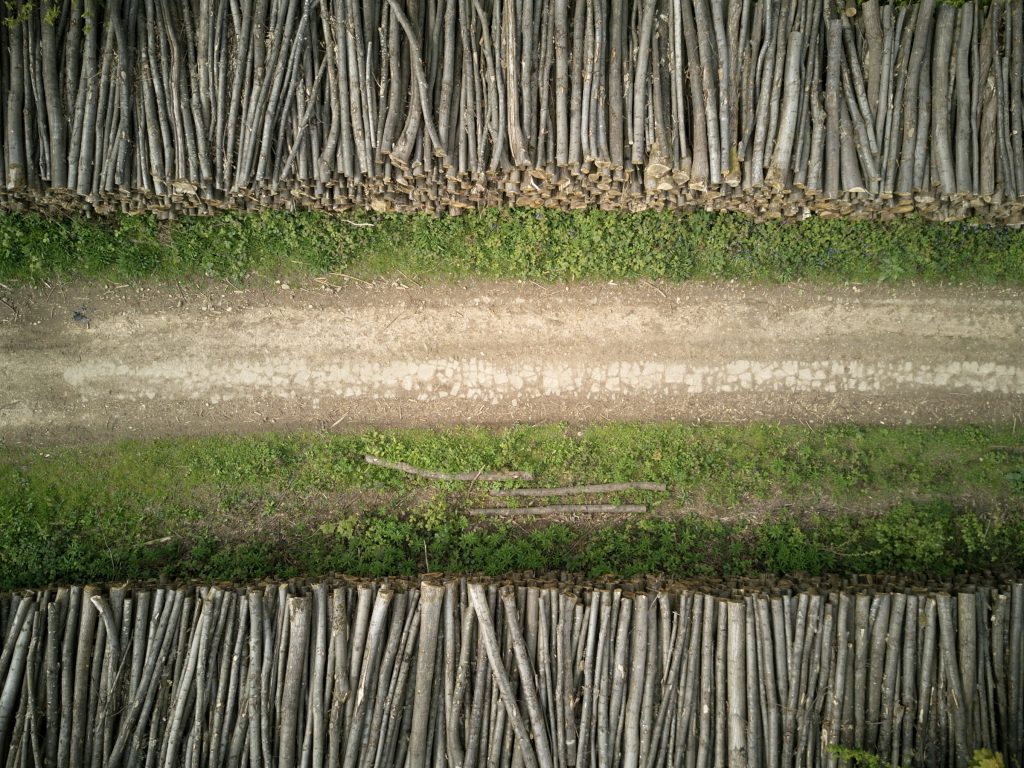Report: Businesses who import from Russia and Belarus should ground their risks
Estonian businesses who depend on the goods and raw materials imported from Russia and Belarus should ground their business risks in good time, shows the Foresight Centre brief report “Impact of replacing imports from Russia and Belarus across categories of goods”. Completely ending import from these countries would entail a EUR 860 million additional cost to Estonian businesses in 2021 prices.

In 2021, EUR 20 billion worth of goods was imported into Estonia, including 2.1 billion worth from Russia (10.5% of total import) and 0.6 billion worth from Belarus (3.2% of total import). The rapid rise in the prices of energy carriers has nearly doubled the import of goods from these countries in terms of monetary value compared to 2020.
“Completely ending import from Russia and Belarus would mean an EUR 860 additional cost for Estonian businesses in 2021 prices,” said the Foresight Centre expert Uku Varblane. “As it is not likely that the sanctions would be eased or that trade relations would be restored to the earlier level, businesses need to ground their risks in good time and find alternative supply channels. Many businesses are already taking the necessary steps.”
According to the brief report, the analysis of 540 categories of goods showed that in two cases out of three the replacement goods would be more expensive than Russian or Belarus imports. “In certain categories, the goods from other countries are dramatically more expensive, although they can sometimes be also slightly more affordable. However, this does not mean that production inputs from Russia and Belarus can always be easily replaced because they might have specific features that Estonian businesses have designed their products around,” Varblane explained.
He described the structure of Russian and Belarus import as highly concentrated in nature – the five largest categories form 80% of the import from these countries into Estonia. “Replacing the import of fuels, wooden product, metal and metal products, but also salt, and linen fabric will incur the heaviest additional cost,” Varblane added. “For example, three quarters of the iron wire imported into Estonia comes from Russia or Belarus and finding replacements would mean an 81% increase in the cost.”
In the 2021 ranking of import partners for Estonia, Russia ranked 2nd after Finland, and Belarus ranked 10th. The key imports from these countries are fuels and natural resources (60%), wood and wooden products (13.8%), metal products (9.2%), and products of chemical industry (7.2%).
Among the imports from Russia, 53% were mineral products (mainly fuels), 16.1% were wood and wooden products, 10.3% were metals and metal products, 9.3% were products of chemical industry; other products formed 11.1%. Among the imports from Belarus, mineral products (mainly fuels) formed 82%.
Read the brief report: https://arenguseire.ee/uudised/raport-venemaalt-ja-valgevenest-importijad-peaksid-maandama-riske/ (in Estonian)
In 2022, the Foresight Centre launched a special research into the long term impact of the Russo-Ukrainian war, which analyses the possible long-term impact of the influx of refugees on the population, employment, and the revenue and expenditure of the state. The research also explores the direct economic impact of the war on the businesses that are active in Estonia, with a view of replacing the production inputs that are imported from Russia and Belarus.
The Foresight Centre is an advisory board at the Chancellery of the Riigikogu that analyses long-term developments in society and economy. The Centre conducts research projects to analyse the long-term developments in the Estonian society, and to identify new trends and development directions.
Latest news
-
27.06 2025Current low birth rate will lead to up to 1.3 billion euros less tax revenue in the future
In its new short report “The impact of population ageing and low birth rate on long-term state revenue and expenditure”, the Foresight Centre notes that the lower than projected birth rate will reduce government spending on family policy and education, but in the long term, it will mean up to 1.3 billion euros less in tax revenue.

 An independent think tank at the Riigikogu
An independent think tank at the Riigikogu